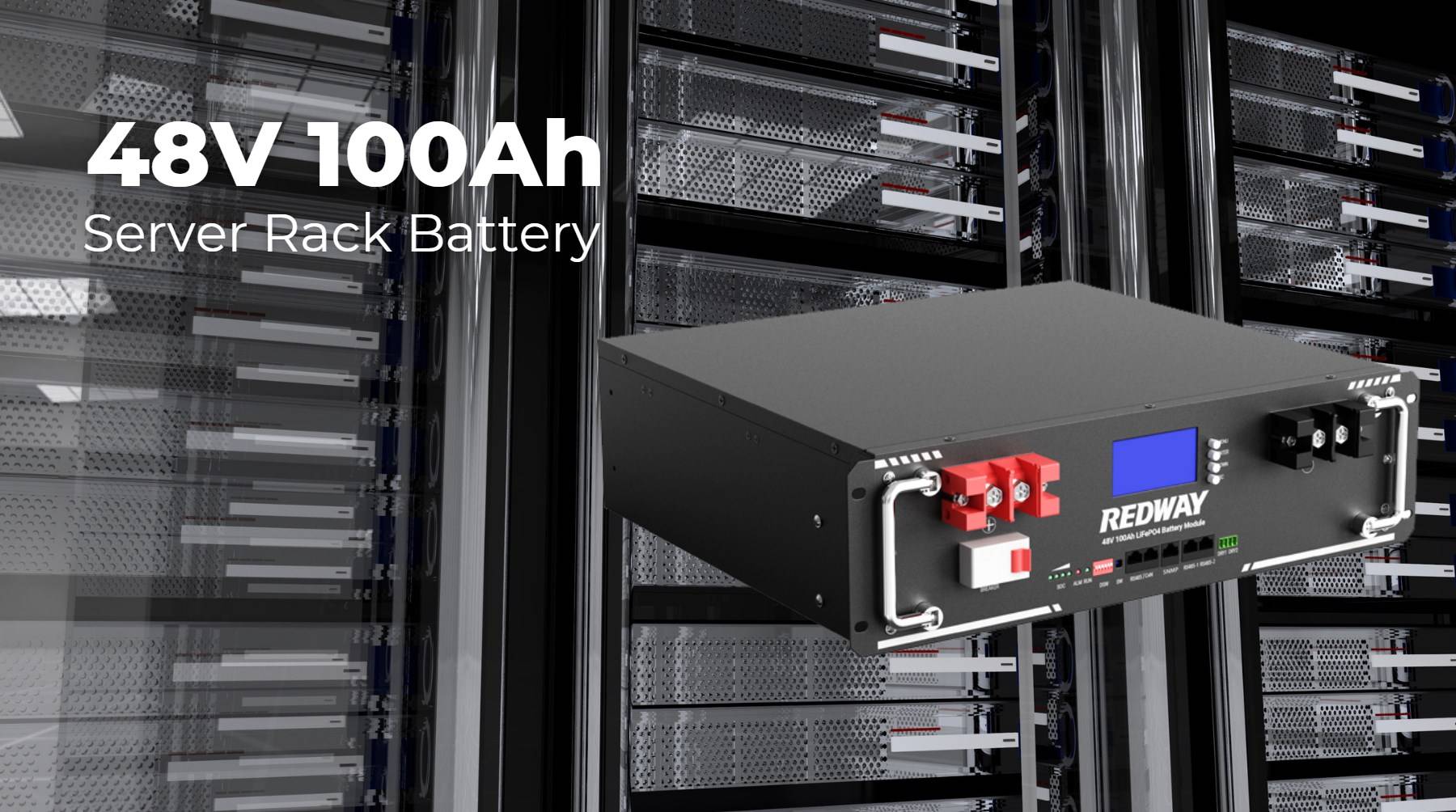Rack battery systems are essential components of modern energy storage solutions, providing efficient and scalable options for storing electricity generated from renewable sources. These systems can significantly reduce energy costs and enhance overall efficiency. This guide explores how rack battery systems work, their benefits, and how they contribute to sustainable energy practices.
What is a rack battery system?
A rack battery system is a modular setup that houses multiple battery units within a structured framework, allowing for efficient organization and management of energy storage. These systems are designed to maximize space utilization while providing scalable solutions for various applications, including residential, commercial, and industrial settings.
| Component | Function |
|---|---|
| Battery Modules | Store electrical energy |
| Rack Framework | Supports and organizes the batteries |
| Management System | Controls charging and discharging |
How do rack battery systems work?
Rack battery systems work by storing excess electricity generated from renewable sources or drawn from the grid during off-peak hours. The stored electricity can be accessed when needed, such as during peak hours or power outages. The system typically includes an inverter to convert direct current (DC) from the batteries into alternating current (AC) for household or business use.
What are the key components of a rack battery system?
Key components include:
- Battery Modules: The core units that store electrical energy.
- Rack Framework: Provides structural support and organization for the batteries.
- Inverter: Converts DC from the batteries to AC for use in homes or businesses.
- Battery Management System (BMS): Monitors and manages the health and performance of each battery unit.
| Component | Description |
|---|---|
| Battery Modules | Store electrical energy |
| Rack Framework | Organizes and supports batteries |
| Inverter | Converts DC to AC |
| Battery Management System | Ensures optimal performance and safety |
What are the benefits of using rack battery systems?
The benefits of using rack battery systems include:
- Scalability: Easily expandable by adding more battery modules as energy needs grow.
- Space Efficiency: Compact design allows for maximum utilization of available space.
- Improved Energy Management: Facilitates better control over stored energy, enhancing overall efficiency.
- Cost Savings: Reduces reliance on grid electricity, especially during peak pricing periods.
| Benefit | Description |
|---|---|
| Scalability | Expandable to meet growing needs |
| Space Efficiency | Optimizes available space |
| Improved Energy Management | Enhances control over stored energy |
| Cost Savings | Lowers electricity bills |
How do rack battery systems help reduce energy costs?
Rack battery systems help reduce energy costs by allowing homeowners and businesses to:
- Store Excess Energy: Capture surplus solar power generated during the day for use at night or during cloudy weather.
- Avoid Peak Rates: Draw stored energy during peak hours when electricity prices are higher, minimizing reliance on grid-supplied electricity.
- Participate in Demand Response Programs: Some utilities offer incentives for reducing usage during peak demand times, which can further lower costs.
What role do renewable energy sources play in rack battery systems?
Renewable energy sources play a crucial role in enhancing the effectiveness of rack battery systems by:
- Providing Clean Energy: Solar panels or wind turbines generate clean electricity that can be stored and used later.
- Reducing Carbon Footprint: Utilizing renewable sources decreases dependence on fossil fuels.
- Maximizing Self-Consumption: Storing excess renewable generation ensures more efficient use of produced power.
What factors should you consider when selecting a rack battery system?
When choosing a rack battery system, consider:
- Capacity Needs: Assess how much power you will need based on your consumption patterns.
- Compatibility: Ensure it integrates well with your existing solar system or electrical setup.
- Warranty and Support: Look for products with good warranties and customer support options.
How do different battery technologies compare in rack systems?
Comparing various battery technologies reveals differences in efficiency, cost, and application:
- Lithium-Ion Batteries: High efficiency and long lifespan but higher upfront costs.
- Lead-Acid Batteries: Lower initial cost but shorter lifespan and less efficiency compared to lithium-ion batteries.
- Flow Batteries: Suitable for large-scale applications; however, they are bulkier and have lower energy density.
| Technology | Efficiency | Lifespan | Cost |
|---|---|---|---|
| Lithium-Ion | High (90%+) | 5-15 years | Higher upfront cost |
| Lead-Acid | Moderate (70%-80%) | 3-5 years | Lower upfront cost |
| Flow Batteries | Moderate (70%-80%) | 10+ years | Higher installation cost |
Buy Wholesale Battery Tips
For those considering wholesale purchases of batteries or related products, partnering with a reliable manufacturer like Redway Battery, known for its extensive experience in lithium battery production, is crucial. To make OEM orders effectively:
- Define your specifications clearly.
- Communicate regularly with the manufacturer throughout the process.
- Ensure compliance with safety standards.
Industrial News
Recent advancements highlight significant growth in demand for residential and commercial battery systems as consumers increasingly seek sustainable solutions for reducing energy costs and enhancing reliability during outages.
Redway Expert Views
“Investing in quality rack battery solutions not only provides reliable power but also supports long-term cost savings and sustainability,” states an expert from Redway Battery.
FAQ Section
- What is a rack battery system?
A rack battery system is a modular setup that houses multiple battery units within a structured framework to efficiently store electricity. - How much can I save with a rack battery system?
Savings vary based on local utility rates, consumption patterns, and renewable generation but can significantly reduce monthly utility bills. - Are there maintenance requirements for these systems?
Most require minimal maintenance; however, regular checks on connections and monitoring system performance are recommended to ensure optimal efficiency.



